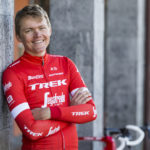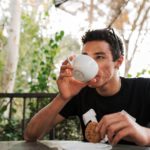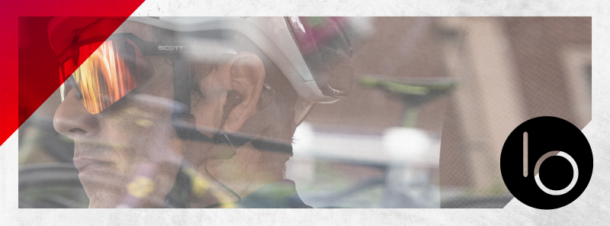During a late-season ski training session, some of my teammates and I decided to go through the terrain park to get to the chairlift from the bottom of the training course. I lined up for the largest jump in the terrain park, which required a lot of speed to make the sweet spot in the landing. Unfortunately, because I was on race skis, I had far too much speed and landing about 10 meters past the landing.
I ended up breaking both tibias, both fibulas, and the right talus. I required three surgeries and was wheelchair-bound for two months and on crutches for six months. This started me on a long rehabilitation process from relearning to walk again to getting back on skis a year later.
I had started mountain biking that summer. In Calgary, we have a small ski resort that has some downhill mountain biking trails, which I really enjoyed as it had an obvious crossover from downhill skiing.
I had done my first downhill mountain bike race the summer before my crash. After the crash, I began doing more cross-country riding, as I was still very apprehensive about how much impact my reconstructed bones could take. It was a nice way to get out of the house.
I remember joking at the time that I could ride a bike better than I could walk as it had less impact and required less mobility on my shattered ankle joint. Clearly, something about it strongly appealed to me, as I would go out for one or two hours and just ride as hard I could on some local cross-country trails.
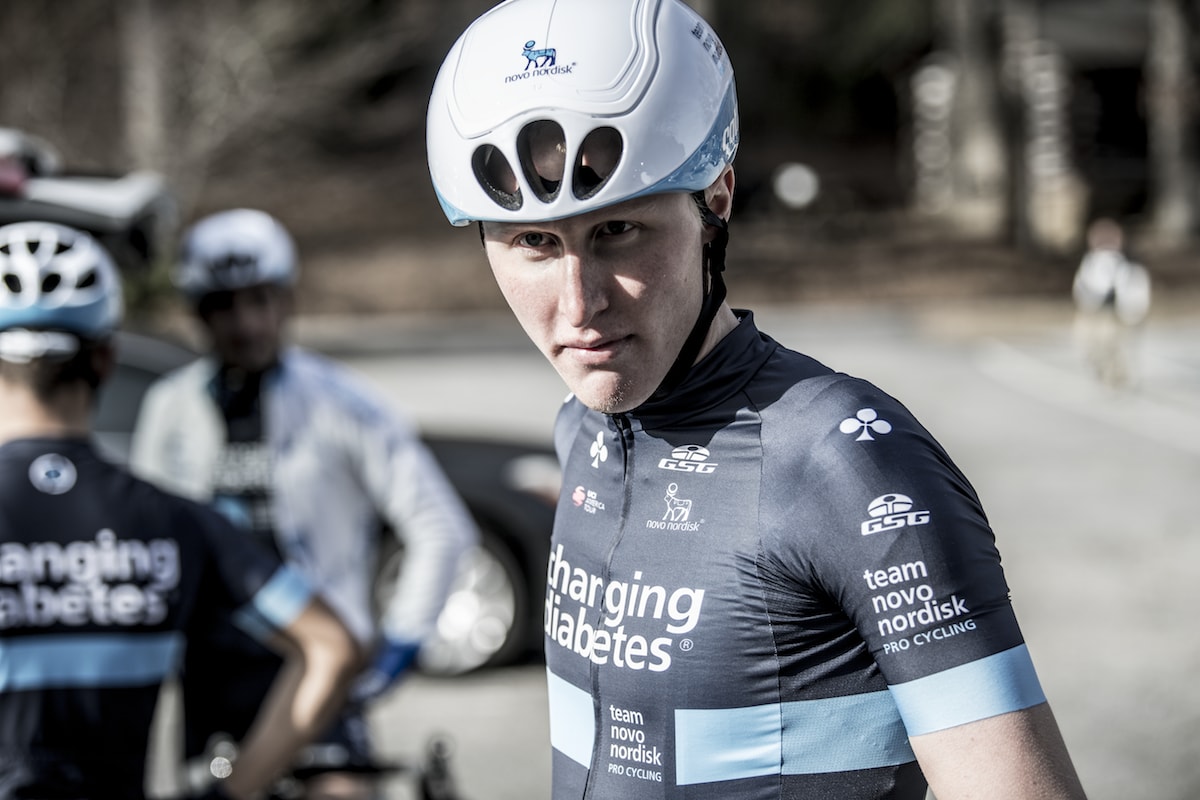
Mountain biking was a vastly different experience as it was totally self-directed. In the beginning, I would go out for rides completely on my own without a training group or a coach.
I learned of a small mid-week race that was happening on the same trails I was riding, so I entered. If I remember correctly, that first race was going pretty well, but I took a wrong turn somewhere along the course and only got back after everyone had packed up and left.
Strangely, I enjoyed this and decided to do more racing. I found more people my age racing and discovered they belonged to a training group in Calgary. That winter I trained with that group, and the coach suggested that I should do some road races on weekends because there weren’t any mountain bike races.
Between these experiences of racing and training on the road and as my fitness improved, I began to focusing more and more on the road.
After two seasons with this training group, one of the older athletes told me about a team he had raced against in the US where all the riders had diabetes.
As someone who has been living with diabetes since the age of 3, I was immediately extremely curious about this team and sent them a resume with my results. I was not optimistic at the time, but I received a reply that I could come down to a training camp in Athens, Georgia that summer, where I could be evaluated and maybe earn a spot on the development team.
I managed to stand out at the camp and was invited to the development team the next year.
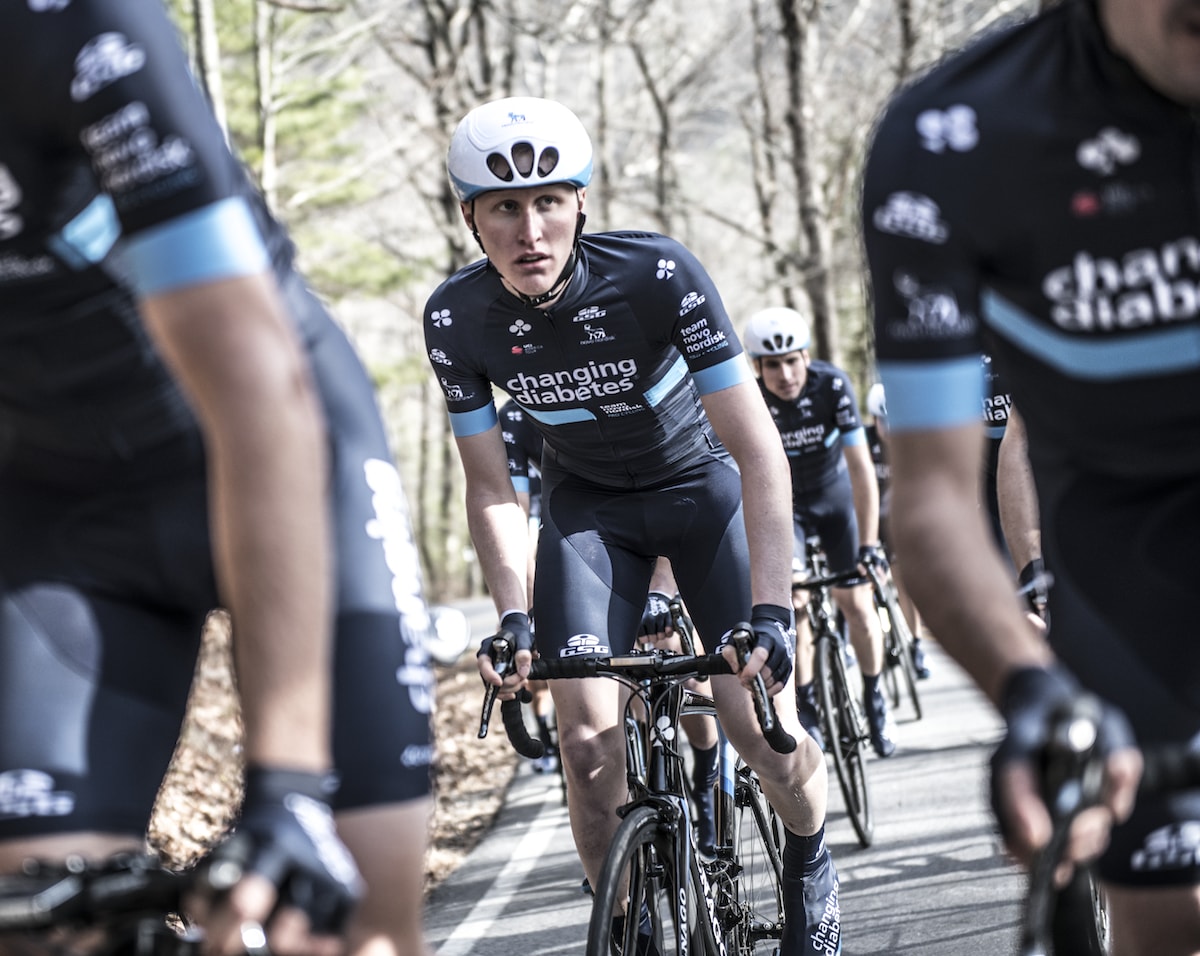
I always found the idea of being a professional athlete as extremely desirable. The lifestyle of working on your body as a project and constantly improving is something that strongly appeals to me. However, it was not until I found out about Team Novo Nordisk that I thought that it would be possible for me to achieve this.
There aren’t really many differences to racing with diabetes. In fact, it is only one, and that is ensuring that we keep our blood sugar levels in a range so we can perform optimally.
This is often easier said than done. There are seemingly infinite things that can affect our glucose levels. With the support the team’s medical staff, new technology like continuous glucose monitors, which allow us to see our blood glucose numbers in real time, and a lot of experimenting with what works personally, it is possible to compete at the highest level.
I find that my diabetes management is the best when I am racing. I think this is because I am hyper-focused on what will impact my performance so that I can perform to my best.
While traveling, and especially jet lag, can make it more difficult to maintain optimal glucose levels, I have more experience now with how my body reacts to international travel. It gets easier, and I know what to expect and how things affect my body better than before.
It is an honor to race as part of the professional peloton and to inspire more people around the world affected by diabetes.
Last modified: Jan 20, 2020

